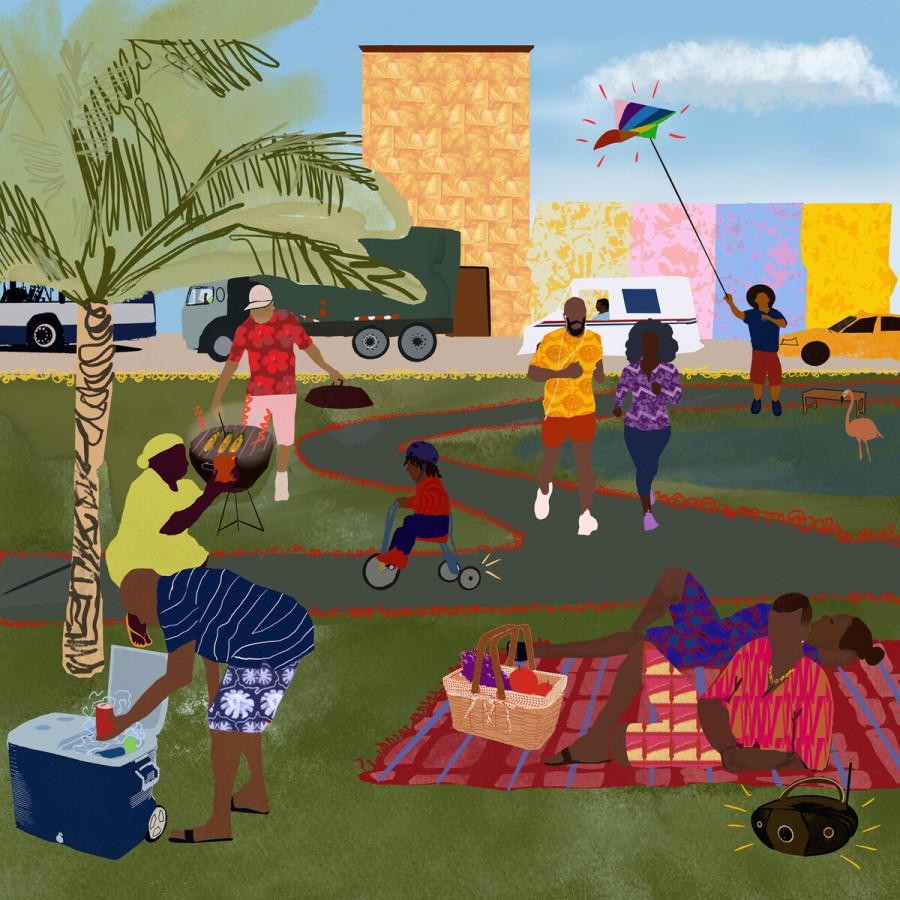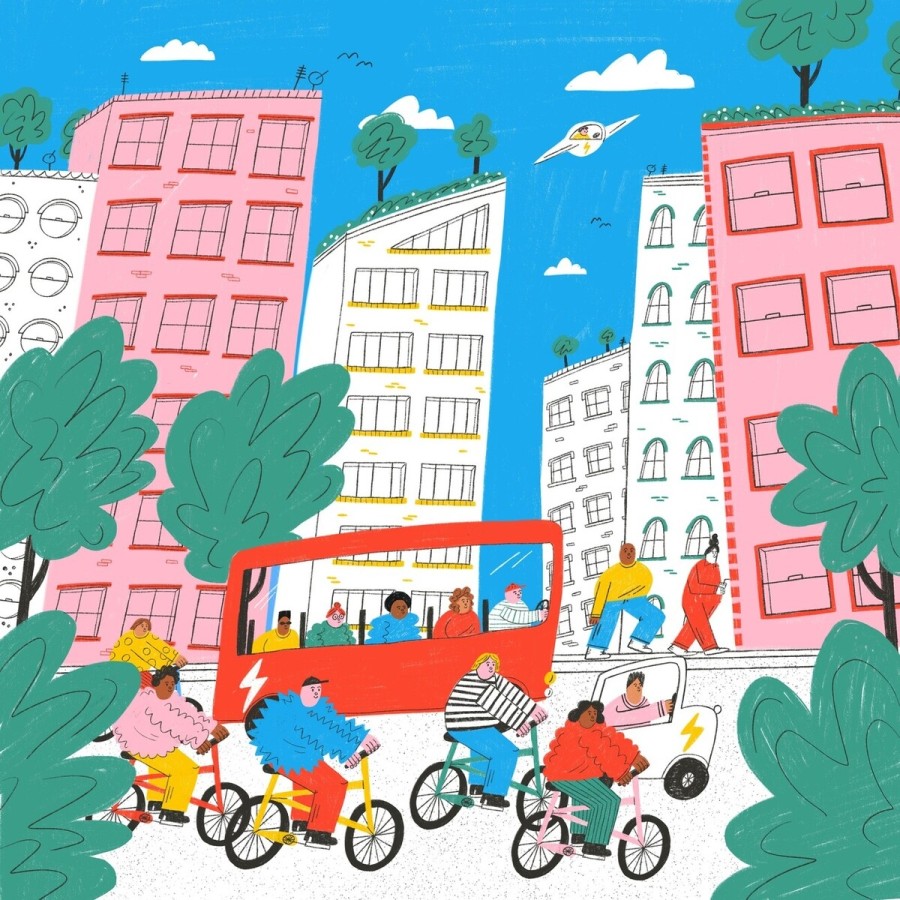Sustainable development in cities is much more about urban regeneration rather than building on new sites or creating new cities.
Why is it useful to concentrate on reinventing neighbourhoods in cities?
We have a unique opportunity for climate action by focussing on neighbourhoods in cities:
-
Working at a neighbourhood scale provides opportunities to meaningfully involve the community in decision making and create designs that meet their needs.
-
Neighbourhoods are small enough to provide an opportunity to take risks as you design your ideas. They are also large enough to see the effects of your ideas.
-
We can experiment with innovative city policies before expanding to the wider city. Compared to designing an idea for the whole city, a neighbourhood project will typically be cheaper to create. This means we can design and test projects and prove they work.
Low emission neighbourhoods

- Low emission neighbourhoods use urban planning to reduce pollution and greenhouse gases emissions. We can create low emission neighbourhoods by designing our buildings, energy, transport and waste systems in a way that achieves low to zero carbon emissions both before, during and after construction.
- A low emission neighbourhood meets the needs of its residents and improves their quality of life. All residents can access goods, services, education and employment in a fair and inclusive way. Public space becomes a vibrant, safe and friendly environment for all and is resilient to climate related impacts such as extreme weather.
Read more: C40 Green Healthy Streets
15-minute cities

- The 15-minute city is one where everyone is able to meet most, if not all, of their needs within a short bike or walk from home. Key services and amenities are easily accessible to all residents.
- Residents who want to travel longer distances for any reason, by car or other means, are free to do so – but travel is a choice, not a necessity. It is a city composed of lived-in, people-friendly neighbourhoods. It has green and thriving public spaces as well as communities equipped to adopt a low-emissions lifestyle. This model helps people to reconnect to their local areas and can reinforce a sense of community.
- ‘15-minute city’ has become a widely used umbrella term but the concept is not new, and it takes many forms around the world. Many cities have neighbourhoods that offer the convenience and quality of life of a 15-minute city. However, they tend to be concentrated in central or wealthier areas.
- The most underserved neighbourhoods should be the top priority of any 15-minute city strategy, emphasising equal access. The goal is for every neighbourhood to offer services and amenities that residents want and need.
Read more: 15 minute city initiative explorer
Case Studies







